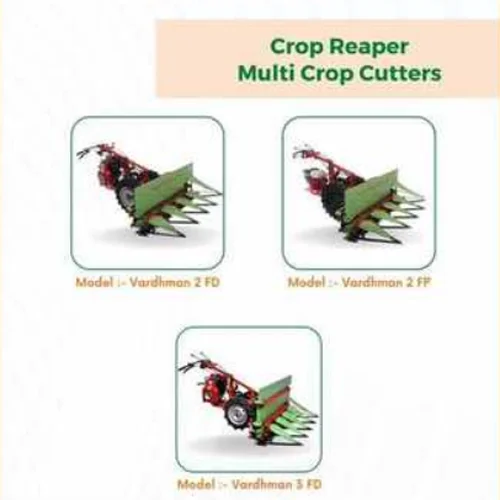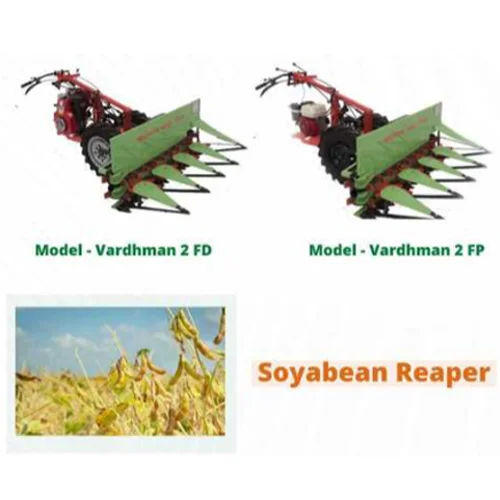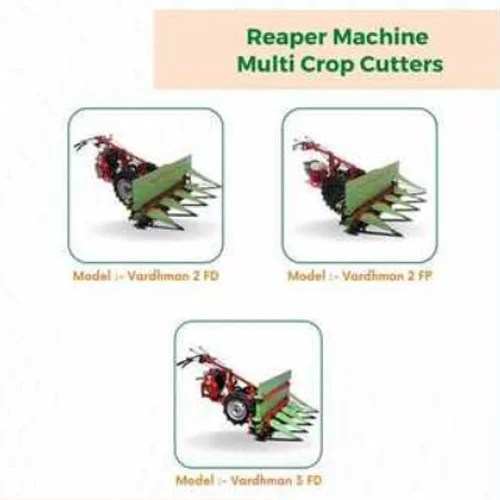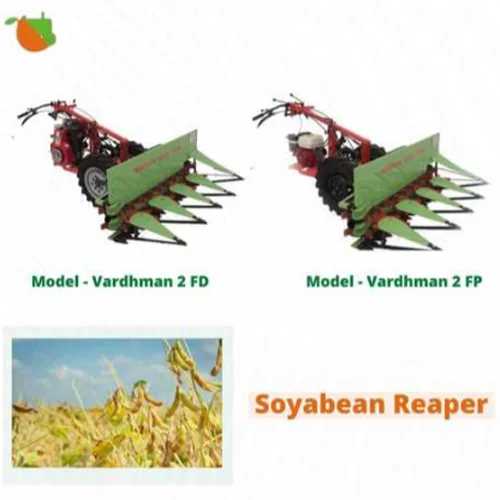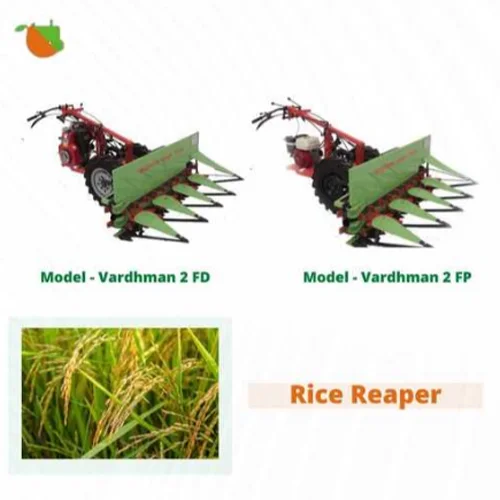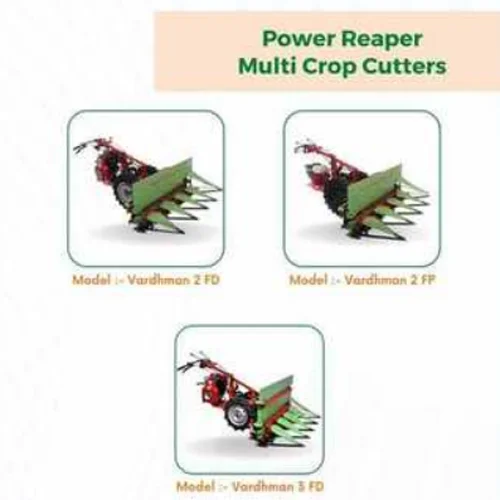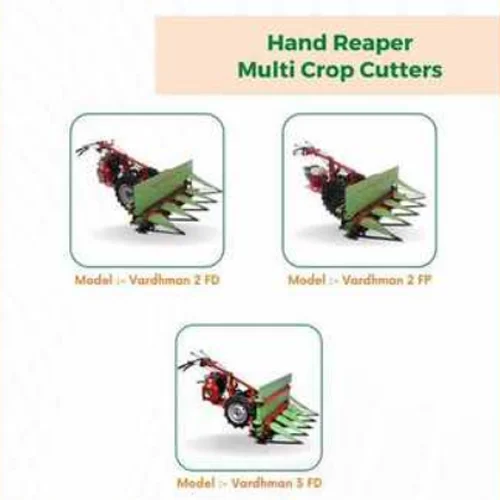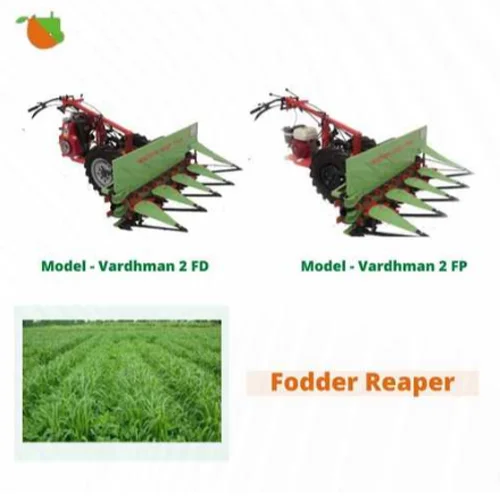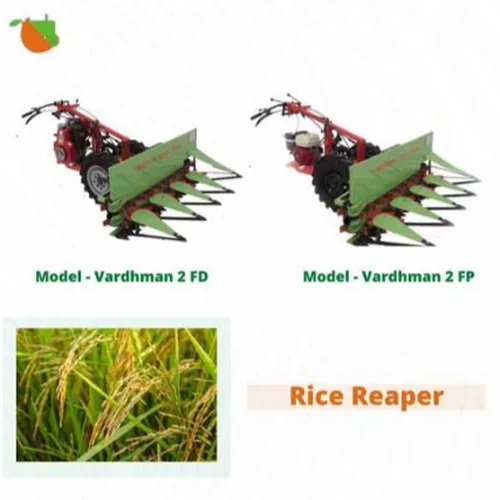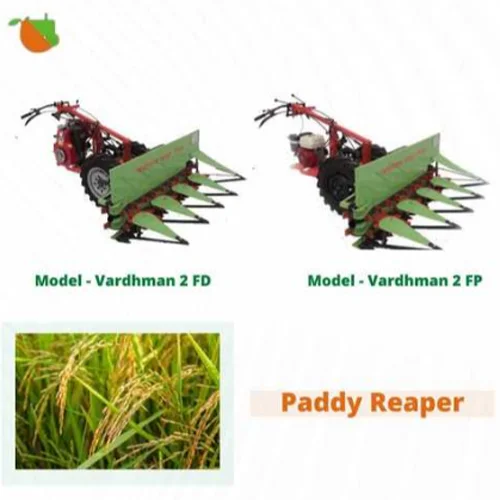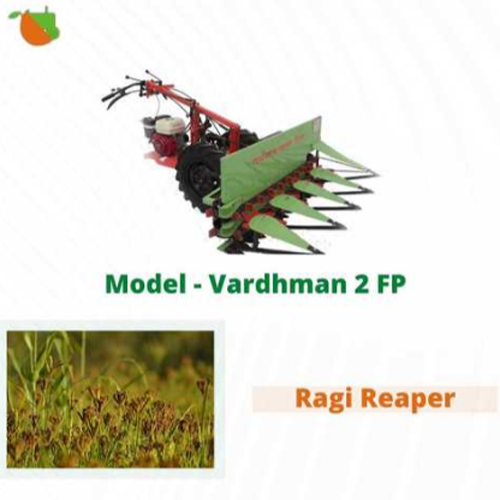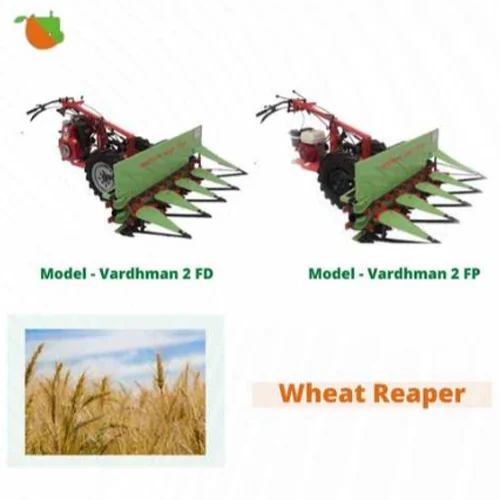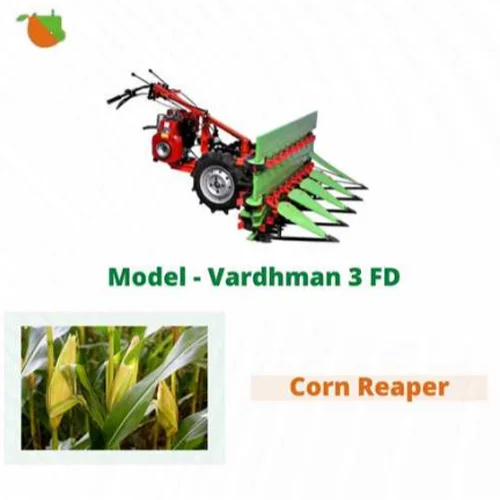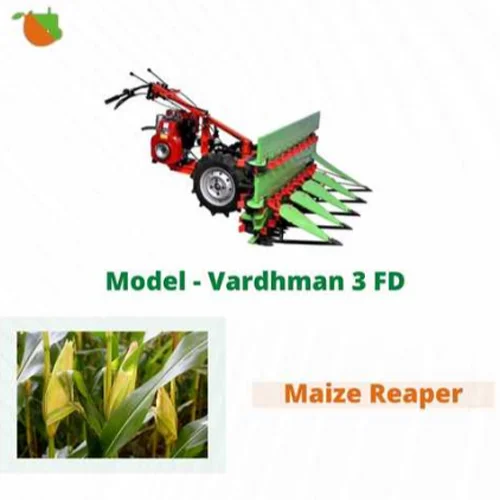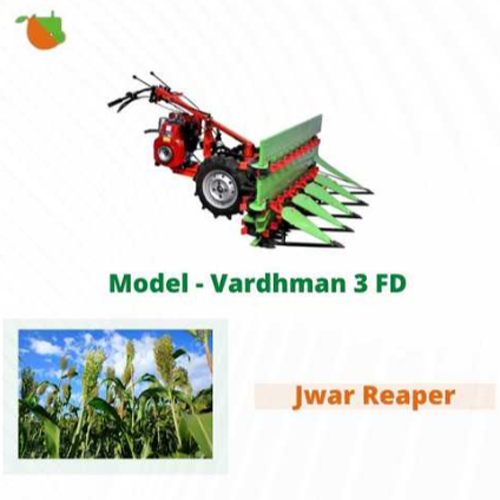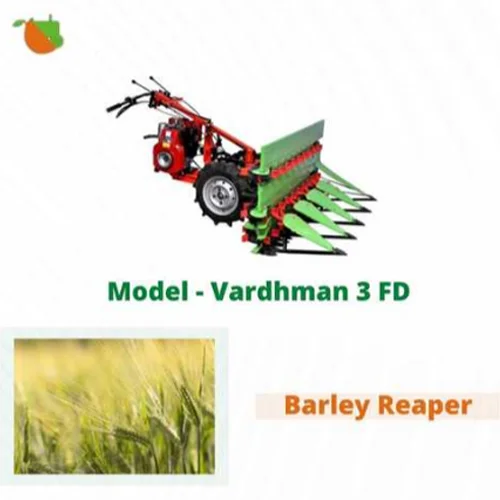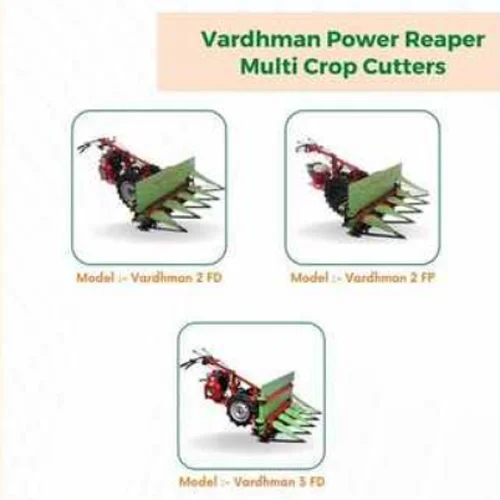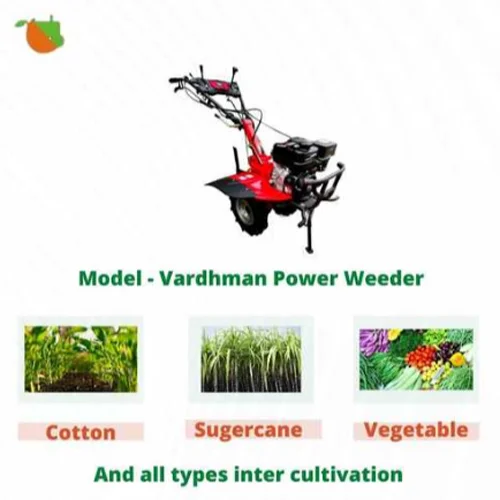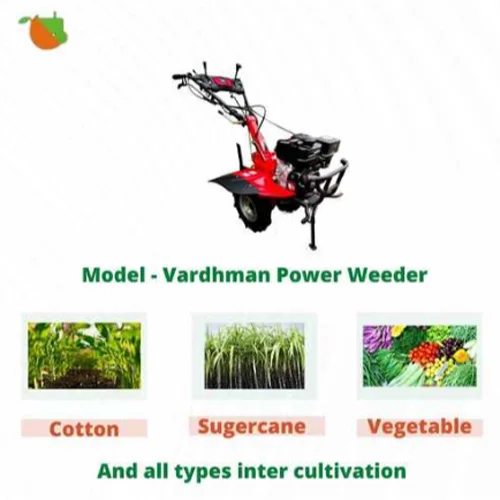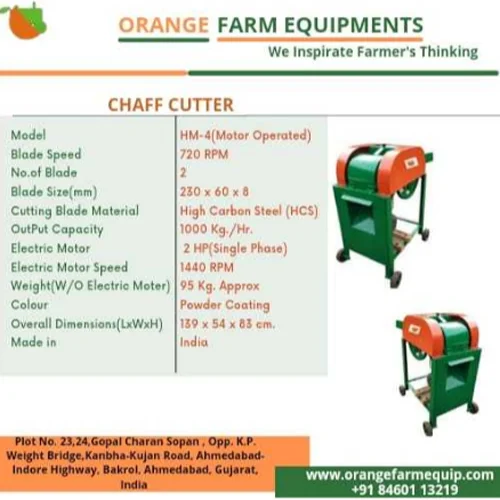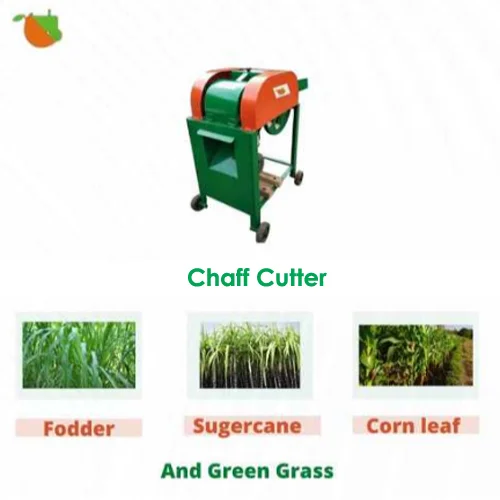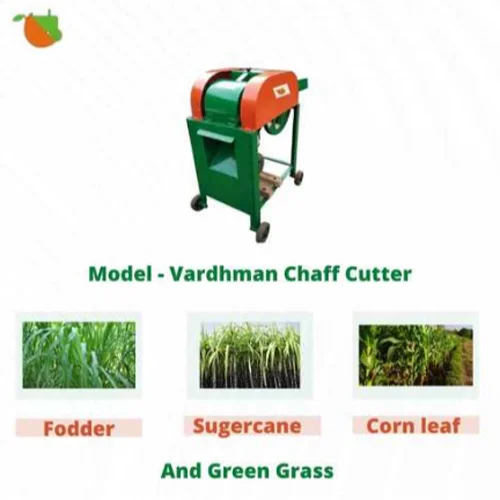A crop reaper, also called a combine harvester, is an agricultural machine used to harvest various crops, including grains, oilseeds, and grasses. It combines several functions, including cutting, threshing, and cleaning, in a single pass, making it a highly efficient tool for farmers.
The crop reaper consists of a cutting header that cuts the crops, a threshing mechanism that separates the grains from the rest of the plant material, a cleaning system that removes any debris or chaff, and a grain tank that stores the harvested crop. The combine harvester is powered by an engine that drives the cutting and threshing mechanisms.
Crop reapers come in various sizes and configurations, depending on the needs of the farmer. Some models are self-propelled, while others are towed behind a tractor. They can be equipped with various features such as air conditioning, GPS guidance systems, and automatic steering to improve efficiency and reduce operator fatigue.
The crop reaper has revolutionized the way farmers harvest their crops, greatly improving the efficiency and speed of the process. Prior to the development of this technology, crops were harvested manually, which was a time-consuming and labor-intensive process. The crop reaper has allowed farmers to harvest more crops in less time, increasing productivity and profitability.
In addition to its benefits for farmers, the crop reaper also has environmental benefits. By reducing the need for manual labor, it reduces the environmental impact of agriculture. It also reduces waste by ensuring that the crops are collected efficiently and effectively.
Overall, the crop reaper is an important tool for farmers around the world, allowing them to harvest their crops quickly and efficiently while also improving the sustainability of their operations. With ongoing advancements in technology, crop reapers continue to become more efficient, reliable, and productive, providing even greater benefits to farmers in the future.


